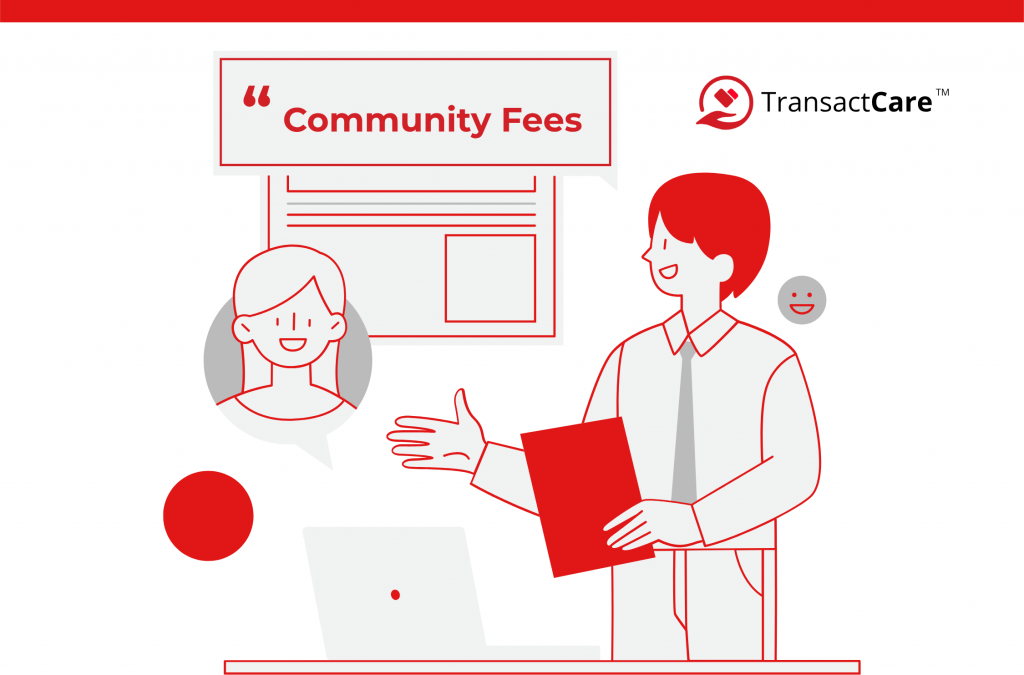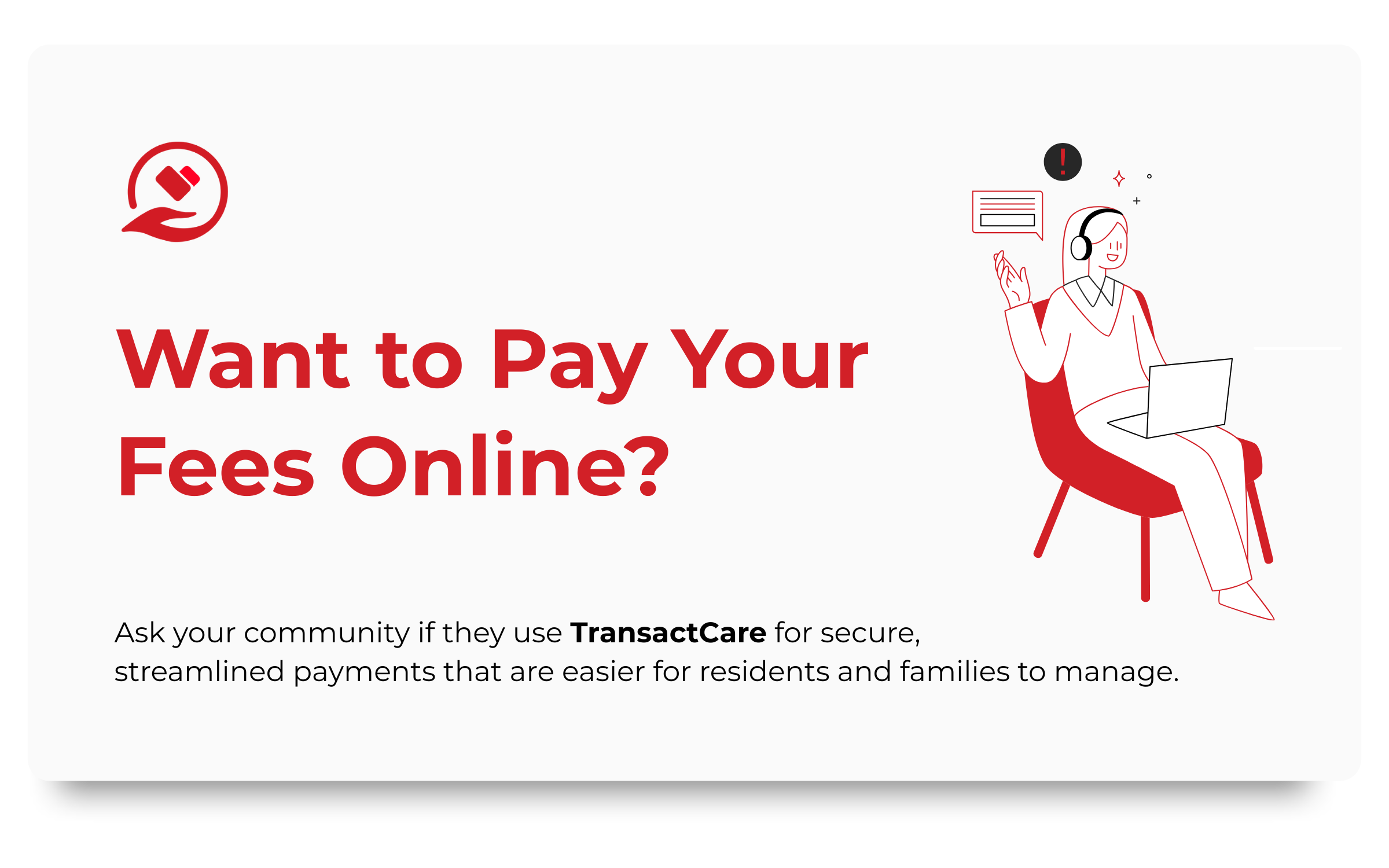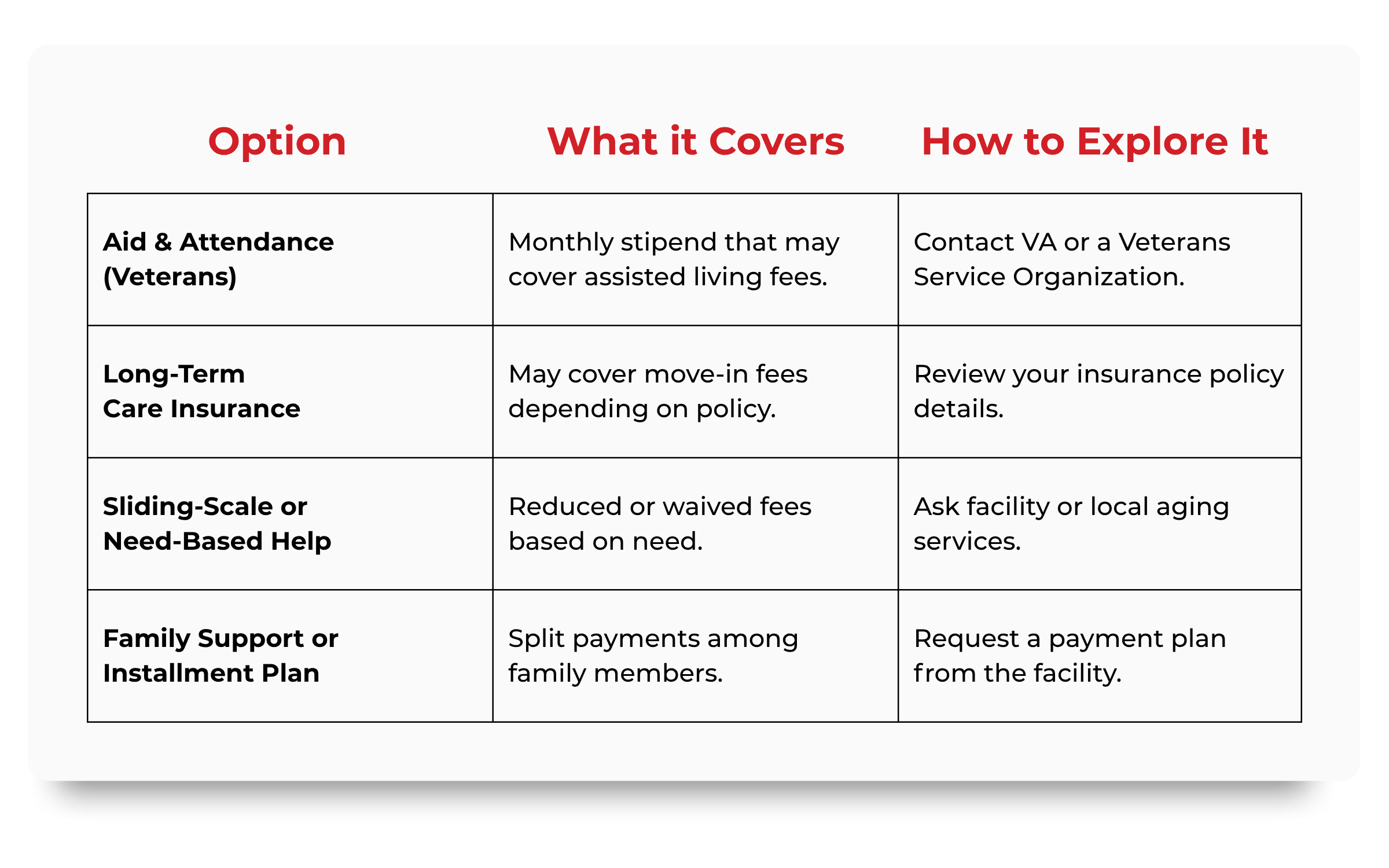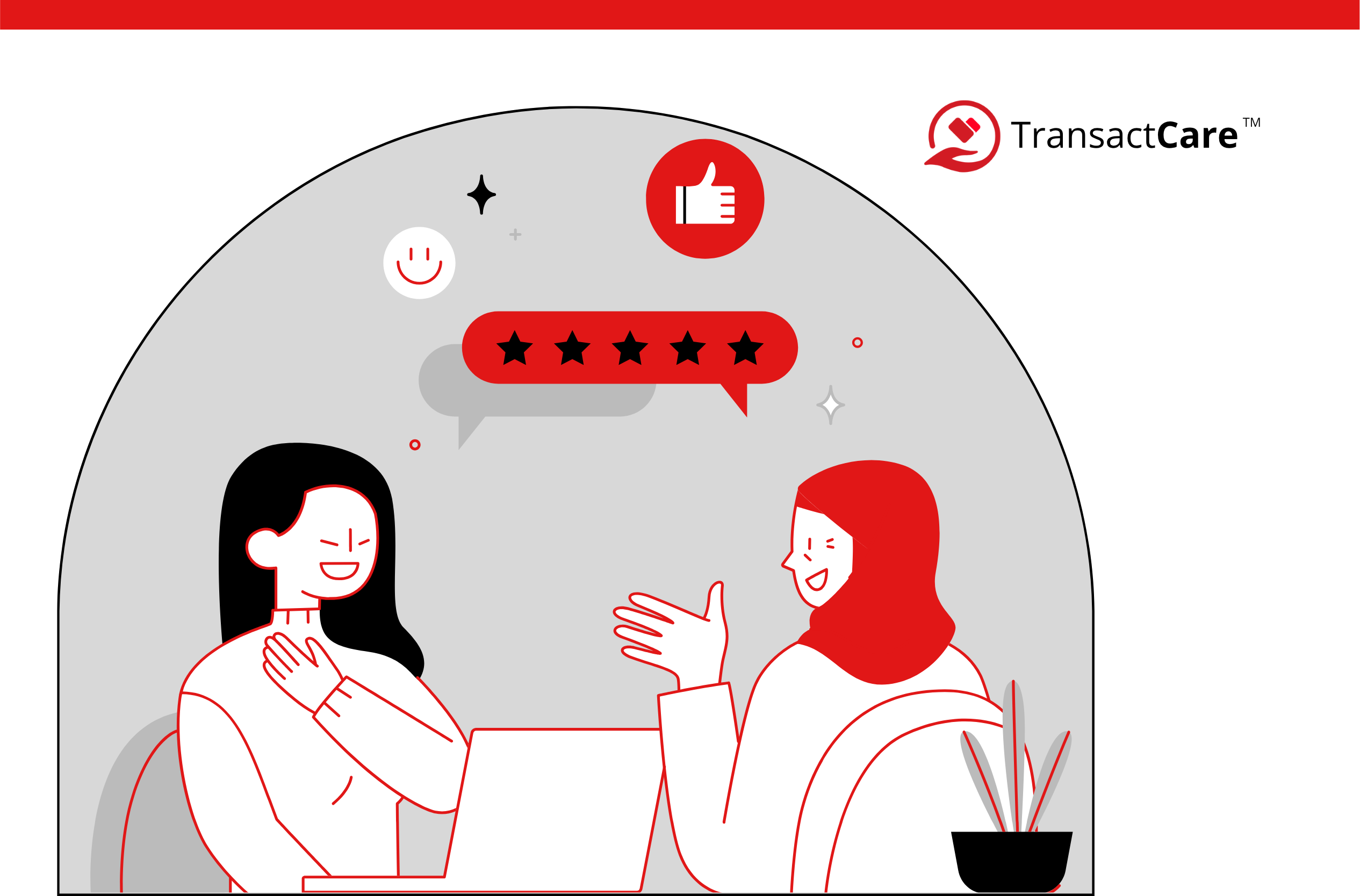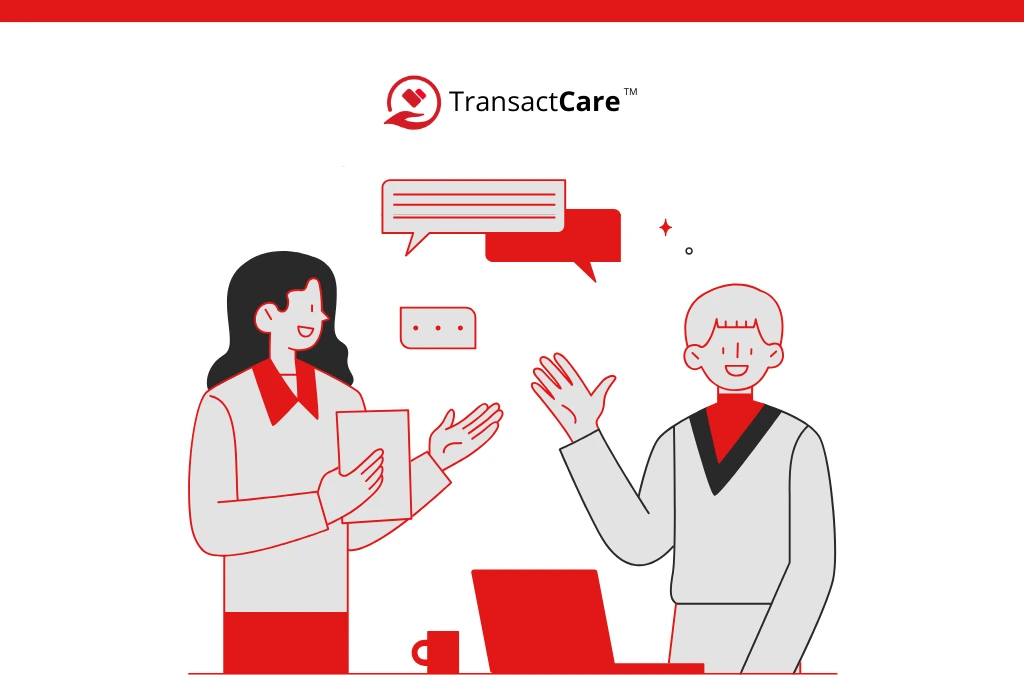The Senior Living Move-In Fee Few People Ask About but Everyone Pays
If you have ever reviewed an assisted living invoice and paused at the mention of a “community fee,” you are far from alone. It is one of the most common points of confusion for new residents and their families. This fee, often listed without much explanation, can range anywhere from $3,000 to $12,000 depending on the community. It is typically billed as a one-time charge, separate from monthly rent or care-related expenses. Although it may, at times, be included as part of your monthly rent.
According to data from the National Investment Center for Seniors Housing & Care (NIC)1, community fees are standard across many senior living providers. They are not arbitrary. These fees are designed to cover the administrative and operational efforts required to prepare for a new resident’s move-in. This includes the setup of medical records, coordination with care teams, preparation of living spaces, and activation of billing accounts within the community’s systems.
Although the amount may cause some initial sticker shock, it serves a practical function. Assisted living communities operate with complex systems. Care planning, billing, and compliance must all be aligned before a resident can settle in. In communities using integrated Health Record platforms or online portal payment systems like TransactCare, the fee may also support the setup of secure online billing portals and medical data transfers that protect residents’ privacy and streamline their financial experience. While it is often a one-time charge, the services it supports have lasting benefits. A smooth start can prevent billing delays, reduce confusion for loved ones, and ensure that essential services are delivered from day one.
It is fair to ask why this fee is not simply built into monthly rent. Some communities prefer to keep it separate to provide pricing transparency, while others offer flexibility, waiving or reducing the fee during promotional periods or for residents transitioning from a sister facility. In either case, it is always worth asking for a full breakdown. A good community will not only explain the fee clearly but also show you exactly what you are getting in return.
- What Is a Community Fee, Anyway?
- Why Does It Cost So Much?
- Is the Community Fee Refundable?
- Can You Negotiate the Community Fee?
- How the Community Fee Makes Life Easier After Move-In
- Can I Get Help Paying This Community Fee?
- What Should I Ask the Facility Before Paying?
- Do I Have to Pay This Fee Again If I Move Rooms?
- Will This Fee Guarantee My Room?
- What Happens If I Decide Not to Move In?
- Is the Community Fee the Same for Everyone?
- TL;DR – Is It Worth It?
What Is a Community Fee, Anyway?
A community fee is often a one-time upfront payment charged when someone moves into an assisted living facility. Think of it like the facility’s way of saying, “Welcome to the neighborhood, let’s get your ducks in a row.”
Unlike monthly rent or care costs, the community fee isn’t recurring. It’s a setup fee. But it’s not just a line item made to confuse you, it typically covers things like:
- Administrative onboarding (a polite way of saying a mountain of paperwork).
- Move-in coordination (room setup, furniture arrangement, utilities).
- Deep cleaning and maintenance of the living space.
- Technology setup (emergency call systems, EHR integration, etc.).
In short: it’s the logistical grease that keeps the move-in machine running.
Why Does It Cost So Much?
Great question. The truth? You’re paying for convenience, readiness, and infrastructure.
Facilities don’t run on good vibes and fiber supplements. They require:
- Staffing hours for admissions, billing, and medical assessments.
- Room turnover prep (cleaning, repainting, minor repairs).
- Setting up EHR-integrated systems that keep care plans, medication logs, and billing workflows humming in real-time.
- And yes, sometimes just… general operational overhead.
Facilities using automated payment solutions and healthcare software still need human intervention during the transition. The fee helps offset that.
And don’t forget: the more sophisticated the system, the smoother your experience. Secure payment platforms, digital onboarding, and cloud-based resident records don’t maintain themselves.
Is the Community Fee Refundable?
Some assisted living communities offer a partial refund. Others do not offer any refund once certain steps have started. That is why it is important to ask this question before you pay anything.
Changed your mind before move-in?
If you decide not to move in after reserving a space, many communities will refund part of the community fee. That said, they may keep a portion of the fee to cover administrative work that has already been done. This can include paperwork, scheduling, and medical assessments. Even if you never physically move in, work is often happening behind the scenes once you say yes. Always ask what portion of the fee is refundable, and get the answer in writing.
What if you move out soon after move-in?
Some communities allow partial refunds if you move out shortly after settling in. This is usually within the first thirty days. If your situation changes quickly, ask if the community offers a prorated refund or credit. Not all do, but some will work with you. Again, the contract will spell this out. If the language is confusing, ask someone at the community to explain it to you in plain terms.
What does a good refund policy look like?
Transparent communities will clearly explain what the fee covers and what happens if plans change. They will walk you through the process and provide a written summary of their policy.
Communities that use secure digital payment platforms often make this even easier. Some provide itemized receipts, refund timelines, and payment history through your resident portal. If your family helps manage your finances, they may also be given access. That means fewer surprises, fewer phone calls, and a smoother experience for everyone involved.
Always ask. Always confirm.
Before paying a community fee, ask three simple questions:
- Is the fee refundable at any point?
- If I cancel before moving in, what happens?
- If I move out within the first month, do I get any of it back?
These questions are completely reasonable. A good community will answer them without hesitation. If you are unsure, bring a family member or financial advisor to the conversation. Having clarity upfront gives you more control, more confidence, and fewer headaches later.
Can You Negotiate the Community Fee?
Yes, you absolutely can. Many residents and families do not realize that the community fee is not always set in stone. While it may be listed as a standard charge, in many cases, there is room for flexibility, especially if you know when and how to ask.
Not every facility will adjust the fee, but some are more willing than others to reduce it, waive it entirely, or offer creative solutions.
When are communities more open to negotiation?
There are several situations when you may have more leverage:
- Move-in promotions: Communities may offer discounts on the fee during certain times of year, especially during lower-traffic seasons. Always ask if any promotions are currently available.
- Lower occupancy: If the facility has open units and is working to fill them, they may be more flexible in order to welcome a new resident quickly.
- Private pay residents: If you are paying out-of-pocket rather than through public programs, communities often have more flexibility with how fees are structured or reduced.
- Multiple residents from the same family: If you are moving in with a spouse or sibling, or if several family members are joining the same community, some facilities will consider a discount on one or more fees.
What can you ask for?
Negotiation does not have to be confrontational. You are simply asking for clarification and flexibility. Here are a few things you can request:
- A reduction in the total fee
- A payment plan that spreads the cost over your first few months
- A waiver of the fee in exchange for signing a longer lease
- A credit toward future rent or care services instead of a direct discount
These options may not be offered upfront, but communities that use modern digital billing systems or healthcare payment platforms may have more tools in place to support alternative arrangements.
One more thing to keep in mind
Ask for any fee changes or agreements to be provided in writing. Verbal agreements can be helpful, but written confirmation ensures there are no misunderstandings later. If the staff seems hesitant or unsure, politely request to speak with someone in admissions or finance. These team members are often the ones who handle these conversations regularly.
How the Community Fee Makes Life Easier After Move-In
Some communities include move-in costs in the monthly rent. Others ask for a one-time community fee. When that fee is paid upfront, it often covers everything needed to make your first days smoother, your care more coordinated, and your billing more accurate.
This is not just a line item. It sets the stage for how your experience begins.
Clear Benefits You Can See and Feel:
- Your living space is fully prepared. This includes deep cleaning, safety inspections, and any needed repairs. You are walking into a ready-to-live space, not a half-finished checklist.
- Your care team is already briefed. Staff are trained on your care plan before you arrive. That means help is available when you need it without delays or repeated explanations.
- Your billing account is accurate from day one. There is no confusion about payment amounts, no duplicate charges, and no missing information. Everything is reviewed before your first invoice is sent.
- Family members can help with payments easily. If others are assisting financially, they can be set up with secure online access to view and pay their portion. You are not the go-between.
- Automatic payments are ready if you choose them. You can avoid late fees or mailing checks by enrolling in secure recurring payments. Many systems also offer reminders before anything is due.
- Transportation and services are not delayed. If you are using meal services, activities, or rides to appointments, those are scheduled before move-in. You are not stuck waiting or rescheduling.
- You receive a proper welcome, not a paperwork sprint. Staff are not scrambling to finalize documents or billing questions during your first week. You get time to settle in and explore your new home.
- Support requests are handled more efficiently. If your community uses a resident portal, you are already connected. This means faster responses for maintenance, activities, or care coordination.
- Your first month feels less like a transaction. Because the setup is complete, you spend your time getting comfortable instead of chasing forms, meetings, or billing corrections.
Can I Get Help Paying This Community Fee?
Aid and Attendance Benefit for Veterans
If you or your loved one is a wartime veteran or surviving spouse needing assistance with daily activities, the VA’s Aid and Attendance benefit can significantly ease financial burdens. This monthly, tax-free payment is added to your regular VA pension and can help cover assisted living costs. For example, in 2025, a single veteran could receive up to $2,358 per month, while married veterans may get up to $2,795 monthly. Some communities even waive the community fee entirely for veterans in appreciation of their service.
Long‑Term Care Insurance
If you have a long-term care insurance policy, it could cover move-in fees or assisted living costs depending on the policy. This benefit isn’t universal and varies by provider and plan, but it is always worth reviewing what your specific policy includes.
Sliding Scale or Need-Based Programs
Some communities offer sliding-scale fees or assistance for lower-income residents. These may be organized internally or offered through local agencies and nonprofits. For example, agencies like the Western Reserve Area Agency on Aging may have programs that include one-time allowances to help offset move-in costs. Always ask the facility which external resource networks they partner with or accept.
Family Support and Installment Plans
If immediate payment is a challenge, some communities are open to spreading the community fee across several months or letting family members contribute in installments. Facilities with digital payment platforms often make these plans easier to manage. Ask whether the community offers structured installment plans or family billing options, it might feel more flexible than you expect.
Quick Comparison Table
Bottom Line for Residents
Yes, you may be able to get help paying the community fee. Starting with VA benefits, Medicaid waivers, or your insurance policy offers your best chance. If those are not options, sliding-scale assistance or payment plans may still provide relief. The most important step is to ask, and ask early.
What Should I Ask the Facility Before Paying?
Before you write a check or click “Submit Payment” online, ask these resident-focused questions:
- “Can I get a written breakdown of what this fee covers?”
- “Is any part of this refundable if I change my mind?”
- “Are you using a secure digital payment system for ongoing billing?”
- “Do you send digital statements to my family or POA?”
- “Can I pay this fee in smaller chunks or even online with my checking account?”
This is your right. You’re not being “difficult”, you’re being informed.
And if the facility uses a platform like TransactCare? You’re in luck. Our payment portal is designed to give residents access, flexibility, and real-time visibility, not just invoices in the mail and a prayer.
Do I Have to Pay This Fee Again If I Move Rooms?
Usually, not unless you’re moving into a higher level of care that requires significant onboarding all over again.
However, here’s where it gets murky:
- Some facilities charge a room transfer fee if maintenance or turnover is needed.
- If you move from independent living to memory care or skilled nursing, a new fee structure may apply.
- Residents in communities with automated billing platforms usually get better documentation on what fees (if any) are associated with transitions.
Always ask for a fee policy in writing, so you’re not blindsided later.
Will This Fee Guarantee My Room?
Here’s the honest answer: Not exactly.
Paying the community fee does not act as a deposit in the legal sense unless the contract explicitly says so. It may:
- Hold a specific room for a short period
- Start the onboarding process
- Trigger your billing profile setup
But, unless you have a written lease or move-in agreement signed, the fee alone doesn’t guarantee your spot.
TIP: Ask for documentation that outlines:
- When your spot is reserved.
- When fees become non-refundable.
- What happens if your move-in is delayed due to medical or personal reasons.
What Happens If I Decide Not to Move In?
Life happens. Health changes. Family dynamics shift. If you’ve paid a community fee but don’t move in, the outcome depends entirely on your contract.
Some possibilities:
- Full refund if you cancel before a certain date
- Partial refund minus administrative costs
- No refund if cancellation is too close to move-in day
The takeaway? Ask about the refund terms before paying. Don’t wait until after you’ve handed over a check.
Is the Community Fee the Same for Everyone?
No, and this is where things can get a little confusing. Community fees may look like a standard charge, but in reality, they often vary from one resident to another. These differences are not always explained upfront, which is why it is important to ask the right questions.
Room size and layout matter
The size and type of unit you choose can influence the fee. A larger one-bedroom apartment may come with a higher administrative cost than a compact studio or a shared room. Rooms in prime locations, such as those close to dining or outdoor areas, may also carry slightly higher fees.
Level of care can impact pricing
If you or your loved one is entering memory care or needs more hands-on support, that may affect the fee. Higher levels of care often involve more setup, more staff coordination, and more detailed planning during the move-in process. Communities may adjust the fee to reflect that added work.
Some facilities personalize the fee
While some communities apply a flat fee to every resident, others use a more flexible model. Fees may be adjusted based on the resident’s specific care needs, service packages, or even their timing of move-in. For example, someone moving in during a promotional window may receive a reduced fee, while another resident selecting additional services might see an increase.
Digital billing systems can influence transparency
Communities that use healthcare payment platforms or automated billing systems often provide more detailed breakdowns. This allows residents and families to understand how their fee was calculated. In some cases, it can also create opportunities for payment plans or more customized arrangements that reflect the specific services being set up.
What should you do?
When you are quoted a community fee, ask these questions:
- Is this amount the same for all residents?
- What exactly is included in my fee?
- Is it based on my care level or room type?
- Are there any current promotions or discounts?
TL;DR – Is It Worth It?
If you’re choosing a well-run facility that offers real-time communication, EHR-integrated billing, and secure digital payment options… yes, the community fee is usually worth it. You’re paying for onboarding precision, staff prep, and a smoother start. It’s the one-time cost that helps make every other monthly payment less painful. And if it leads to making you or your loved one’s living experience as pleasant as possible.
- https://www.nic.org/

